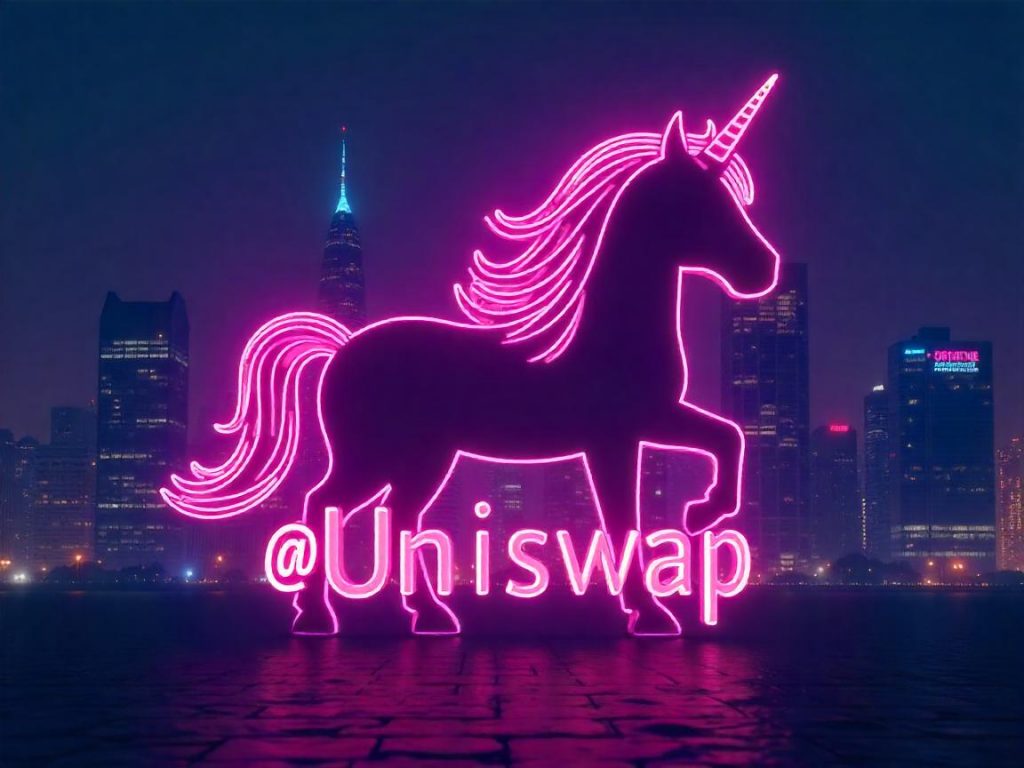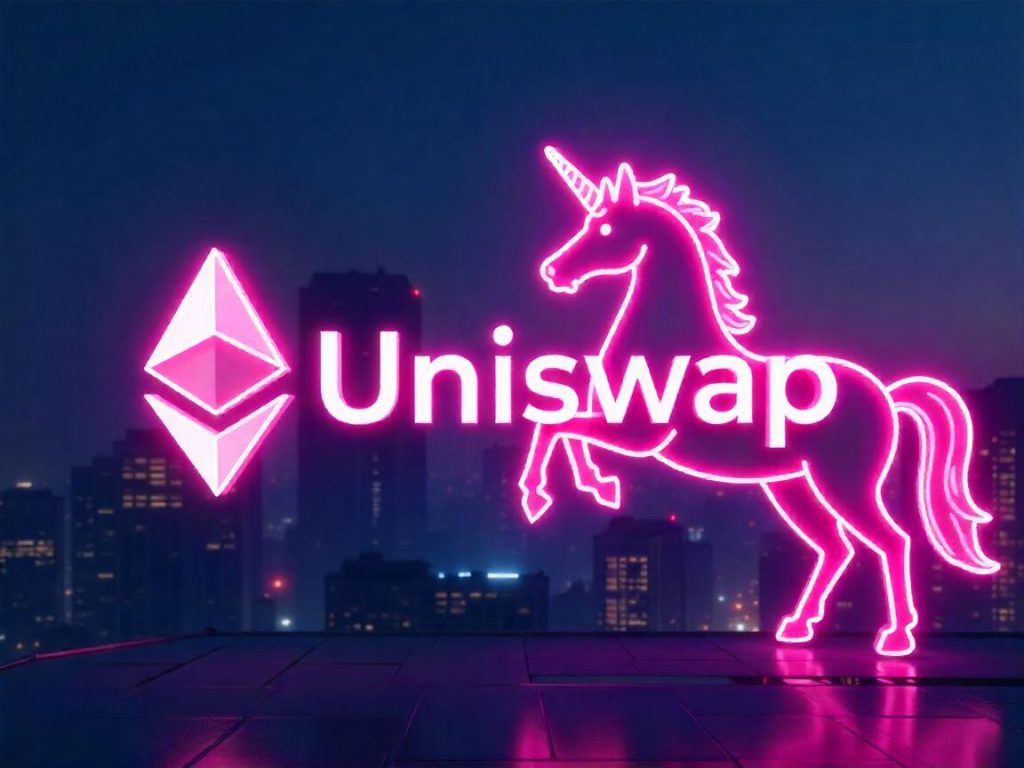Before interacting with this platform, verify eligibility–some regions impose restrictions. Cross-check the latest rules on the official site or Twitter announcement to avoid surprises. The testnet allows trial runs without real crypto, ideal for testing strategies before committing funds.
Connect a wallet like MetaMask to start swapping tokens. Gas fees fluctuate based on network conditions; use a price tracker to time transactions. Liquidity providers earn from fee distribution, but impermanent loss risks exist–weigh the amount staked against volatility.
The contract address of each token matters. Fake listings proliferate; always verify via on-chain checkers before trading. For new launches, monitor Telegram or Medium for token details. Projects often share vesting schedules and qualification tiers for airdrops.
Mobile users face device waiting periods for certain features. Desktop offers full functionality, including advanced trade size adjustments. Bookmark the web page–phishing clones mimic the UI. If a token list seems off, exit and recheck addresses.
For skeptics questioning “is legit?”, audits and DeFi community feedback are telling. Volume and liquidity depth separate durable projects from pump-and-dumps. Seasonal trends affect returns; analyze historical price action before LP commitments.
Uniswap Decentralized Exchange Guide and How It Works
Claiming Missed Tokens & Tracking Rewards
Missed a token drop? Use Dune Analytics to check unclaimed rewards by pasting your wallet address. Snapshot dates vary–most projects announce deadlines on Twitter or Telegram.
- How to claim: Connect MetaMask, verify eligibility via the project’s checker tool, then sign the transaction.
- Is it legit? Cross-reference announcements on GitHub or the official blog.
- Deadlines: Typically 30–90 days post-snapshot. Missed windows? Tokens may be burned or redistributed.
Farming Strategies & Staking Rules
Maximize yields with these tactics:
- Testnet farming: Earn free tokens by stress-testing new protocols before mainnet launches.
- Validator nodes: Requires 32 ETH for Ethereum staking–check hardware specs and uptime requirements.
- LP rewards: Pair high-value coins (e.g., ETH/USDC) to minimize impermanent loss. Track APYs via DeFi tracker sites.
| Metric | Value |
|---|---|
| Average APY (Top 10 Pools) | 8–25% |
| Gas Fees (Peak vs. Off-Peak) | $50 vs. $8 |
| New Token Launches (Weekly) | 12–20 |
Pro tip: Use blockchain explorers to monitor whale movements–large deposits to farming contracts often signal upcoming price pumps.
Security & Wallet Management
- Addresses: Whitelist frequently used contracts to prevent phishing.
- Price alerts: Set up bots for sudden drops in staked token values.
- Support scams: Never share seed phrases–legitimate teams won’t DM you first.
For real-time data, bookmark Dune dashboards tracking token distributions, staking conditions, and unclaimed balances.

What Is Uniswap and How Does It Differ from Centralized Exchanges?
Connect MetaMask to the platform–no KYC, no validator approval. Transactions execute directly via smart contracts, bypassing intermediaries.
Centralized platforms require deposit addresses, enforce allocation limits, and control distribution schedules. Here, liquidity providers earn fees without middlemen.
Check Dune Analytics for real-time farming yields. Unlike traditional venues, rewards adjust algorithmically–no fixed deadlines or missed seasons.
Track positions using blockchain explorers like Etherscan. Paste your contract into the checker–no waiting for a node to sync.
Staking requirements? Zero. Lock tokens in pools, receive LP receipts, and compound returns. Compare APYs on DeFi Pulse before committing capital.
New strategy updates post on Medium and Twitter. Centralized blogs delay announcements; here, code deploys override corporate roadmaps.
Gas fees spike during network congestion. Use ETH Gas Station to time swaps–avoid peak hours when base costs exceed 50 gwei.
Lost funds? Impossible without private key leaks. Unlike exchange hacks, assets stay in your custody. Review GitHub audits before interacting with unaudited forks.
Token listings require no approval. Anyone can create a pair–scam risks exist. Verify contract addresses match the project’s official site.
Liquidity mining vs. traditional staking: rewards distribute continuously, not quarterly. Check the tracker for real-time emission rates.
Setting Up a Wallet and Connecting to Uniswap
MetaMask remains the most widely used wallet for interacting with Ethereum-based platforms. Install the extension or mobile app, generate a seed phrase, and secure it offline. Avoid storing keys on cloud services–GitHub leaks and phishing sites frequently exploit weak security.
After funding the wallet with ETH (minimum 0.05 ETH recommended for gas), navigate to the official interface. Double-check the URL–scammers clone the web frontend. Twitter accounts like @Uniswap often post verified links during high-traffic seasons.
| Requirement | Details |
|---|---|
| Wallet Balance | ≥0.05 ETH for swaps + gas |
| Device | Chrome/Firefox or iOS/Android |
| Network | Ethereum Mainnet (L2s require bridge) |
Connect via the “Connect Wallet” button–MetaMask shows a popup requesting permission. If the interface hangs at “waiting for wallet,” refresh or check the RPC settings. Track gas fees using Dune Analytics dashboards; optimal transaction size varies by network congestion.
For farming or staking, verify contract addresses against Medium blogs or GitHub repositories. Legitimate pools display APY, token distribution dates, and qualification rules. Example: A 5,000 UNI staking pool might require 14-day lockups with snapshot-based eligibility.
- Free Telegram groups often share scam validator links–cross-reference with official docs
- Token value fluctuates; use price trackers before large swaps
- Strategy matters: small test transactions prevent costly errors
Advanced users monitor pending transactions via Etherscan. When gas exceeds 50 gwei, delay non-urgent swaps. For token lists, bookmark the official GitHub repo–third-party sites occasionally inject malicious addresses.
How to Swap Tokens on Uniswap Step by Step
Connect a wallet like MetaMask or Coinbase Wallet to the platform’s web interface. Ensure sufficient ETH for gas fees–check real-time costs on Dune Analytics or Etherscan.
Select the desired pair: input the coin you’re swapping and the cryptocurrency you want. The site displays the price impact, liquidity depth, and minimum received. Adjust slippage tolerance (1-3% for stablecoins, higher for volatile assets).
Review the transaction details–amount, fees, and network congestion. If the interface shows “waiting,” check gas tracker tools. Confirm the swap; MetaMask prompts for approval. Failed transactions may require resubmission with increased gas.
Track the swap via blockchain explorers. For unclaimed or missed transactions, revisit the history tab. Large sizes trigger higher fees–split into smaller batches if cost-sensitive.
New tokens? Verify contract addresses on GitHub or Etherscan to avoid scams. Liquidity farming pairs often have eligibility rules–check allocation tiers before committing. Missed a season? Some projects offer retroactive claims via Telegram or Twitter announcements.
Post-swap: monitor the asset’s value. For yield strategies, assess staking requirements or node qualifications. Free airdrops sometimes follow–stay updated via crypto news aggregators.
Providing Liquidity: How to Become a Liquidity Provider
Deposit equal value of two tokens into a pool–ETH paired with a stablecoin like USDC works best for beginners. The contract automatically tracks contributions, ensuring fair distribution of fees.
Step-by-Step Process
- Check eligibility: Verify the pool’s rules on Medium or Twitter announcements. Some require a minimum token size.
- Connect a wallet: Use MetaMask or another device-compatible option. Avoid testnet networks–mainnet only.
- Approve tokens: Sign two transactions–one for each coin. Gas fees vary; check Dune analytics for optimal timing.
- Confirm liquidity: The blockchain updates your share via LP tokens. Track them with a checker tool like GitHub scripts.
Maximizing Returns
- Strategy: Focus on high-volume pairs (ETH/USDC) to reduce impermanent loss risk. Low-volume pools offer higher APY but carry price volatility.
- Farming: Stake LP tokens in farming contracts for extra rewards. Cross-check allocation rates on Web dashboards.
- News monitoring: Follow Telegram channels for new pool launches. Early providers often get bonus tokens.
Risks & Verification
Audit the pool’s contract via link to Etherscan. Scams mimic legit projects–confirm the team’s blog or CoinGecko review. Never join pools with missed audit details.
| Metric | Value |
|---|---|
| Avg. APY (Top 10 Pools) | 12-45% |
| Minimum Deposit (ETH Pairs) | 0.1 ETH |
| Fee Share | 0.3% per trade |
Pro tip: Use AI-powered tools like online calculators to estimate returns. Input variables: pool size, trading volume, and how many tokens you commit.
Understanding Uniswap Fees and Gas Costs
Check gas prices before swapping–high network congestion means higher costs. Use tools like Etherscan’s gas tracker or Dune Analytics dashboards to monitor real-time rates. Transactions fail if fees spike mid-process; set slippage tolerance wisely.
Liquidity providers earn 0.3% per trade, but tiers exist for select pairs (0.05%, 0.01%). Fees compound in pools; review contract details on GitHub before farming. Snapshot data shows top pools yield ~15-25% APR, though returns fluctuate with volume.
Gas fees depend on transaction size and speed. A standard swap costs 80,000–120,000 units; complex routes (multi-hop) hit 200,000+. Testnet simulations help estimate amounts–launch a node or use online checkers like ETH Gas Station.
Validator priority impacts pricing. During peak seasons (NFT drops, token launches), base fees 2-3x normal rates. Missed deadlines? Adjust wallet settings–custom nonce overrides stuck transfers.
Stablecoin pairs often cost less. USDC/DAI trades average $5-$12 in gas versus $15-$30 for volatile cryptocoins. Layer 2 solutions (Arbitrum, Optimism) slash fees by 90%; bridge assets via official links to avoid scams.
Follow Twitter/Telegram announcements for protocol upgrades. New rules (EIP-4844) may reduce costs–track developer updates on Medium or the project’s website. Pro tip: Off-peak hours (UTC 2-6 AM) see lower demand.
Hardware wallet users face device waiting times. Confirmations delay swaps; keep ETH in hot wallets for speed. Qualification for fee discounts? Some tiers require staking UNI–verify eligibility through on-chain data.

Security Risks and Best Practices When Using Uniswap
Verify contract addresses before interacting–scammers often clone legitimate tokens. Cross-check the contract on Etherscan, GitHub, or the project’s official site. Mismatched token names or price discrepancies signal fraud.
Never share your wallet seed phrase. Legitimate platforms like MetaMask won’t ask for it via Twitter, Medium, or support messages. Phishing links impersonating announcement pages are rampant–hover over URLs to confirm legitimacy.
Monitor staking or farming rewards closely. Use Dune dashboards or checker tools to track unclaimed amounts. Missed deadlines can forfeit earnings–set calendar alerts for scheduled distributions.
Check eligibility for airdrops or rewards through the project’s blog or Snapshot. Fake claim pages often drain wallets. If a link promises unrealistic returns, it’s likely a scam.
Limit exposure to new coins with low liquidity. Small size pools are vulnerable to manipulation–review allocation tiers and lock periods. Rug pulls often spike crypto prices before collapsing.
Enable hardware wallet integration for large transactions. A device waiting for physical confirmation adds a layer against remote exploits. Avoid approving unlimited amounts in contract interactions–revoke unused permissions via Etherscan.
Audit project activity before engaging. A dead GitHub, lack of news, or deleted Twitter posts suggest abandonment. Cross-reference reviews and community feedback to confirm if a platform is legit.
Use burner wallets for experimental trades. Transfer only what’s worth risking to minimize losses if a contract fails. Track gas fees–high network congestion can make small rewards overpriced.